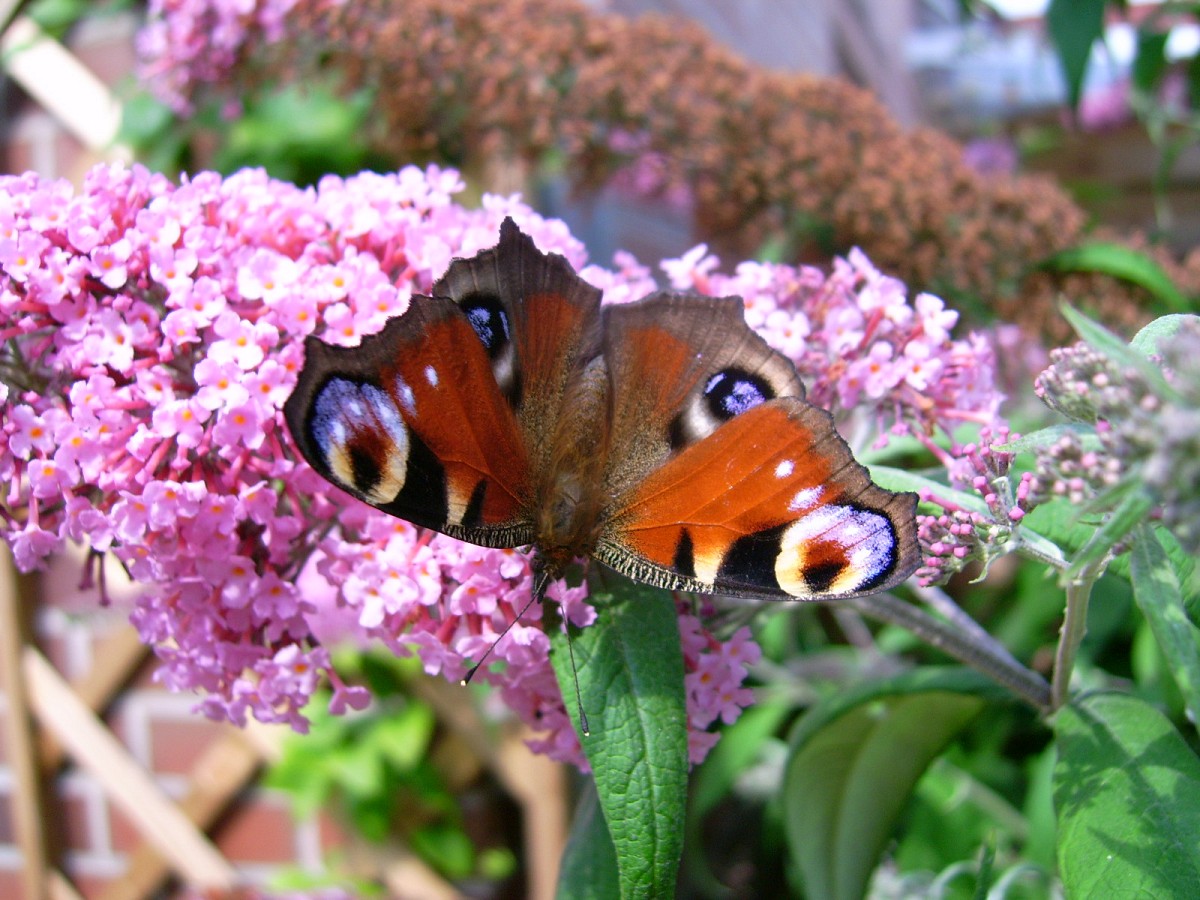Three Tips for Growing Lilac Bushes
 I am not sure if there exists a better smell than lilacs on a breezy summer night. What's more, their bright green foliage and clusters of tiny purple flowers bring a soft beauty to your yard. While lilac bushes are a fairly low-maintenance perennial plant, they do grow better with a bit of human assistance. Here are three tips for growing lilacs, from horticulturists at university extension services.
I am not sure if there exists a better smell than lilacs on a breezy summer night. What's more, their bright green foliage and clusters of tiny purple flowers bring a soft beauty to your yard. While lilac bushes are a fairly low-maintenance perennial plant, they do grow better with a bit of human assistance. Here are three tips for growing lilacs, from horticulturists at university extension services.
Prune those lilac bushes: The Ohio State University Extension Service says that pruning is one of the most important ways that you can help a mature lilac bush to flower abundantly. Lilac bushes do not need to be pruned in their first three years of growth. The young shoots that grow during the first few years are important for long-term growth, so let them be. After that time period passes, trim away large woody branches in the late spring, after the last blooms of the season have fallen, but remove less than one-third of the branches per year. You should focus your efforts on cutting away the old weaker wood from the center of the bush. Do not prune from the top of the bush; instead, trim the older branches that you can reach from the bottom.
Plant those lilac bushes in the sun: According to the Utah State University Extension Service, lilac bushes need at least eight hours of sunlight every day to achieve their full potential for gorgeous, fragrant blooms. Also, lilac plants like well-drained soil. Nevertheless, lilac bushes are hardy and can survive in partial shade and wetter soil. They won't produce as many blooms, but you will see some blossoms even in non-ideal conditions. The fact that lilacs are so low maintenance is one of the many advantages of growing them.
Get your soil chemistry right: The Cornell Cooperative Extension of Chemung County claims that lilacs like slightly acidic to alkaline soil, with a fairly low level of nitrogen. It is best to transplant new bushes in the fall, after the leaves have fallen but before the ground freezes. Prior to planting, have your soil tested to find out whether it needs to be amended at all. Avoid nitrogen-rich fertilizers. Although lilacs do like potash and phosphate, the bushes don't need much fertilizing. Bone meal is recommended for lilacs because it makes soil more alkaline.
Because lilac bushes are so hardy, they don't need too much maintenance other than pruning, and can thrive in many locales, in Hardiness Zones 3 through 7. However, do watch out for slugs and snails, as well as powdery mildew, which is the disease that most frequently attacks lilacs. If you notice a dusty, white coating on your lilac foliage, act quickly with a dusting of sulfur. Your effort will reward you with fragrant and robust lilac plants for years to come.
Are you looking for an expert to plant lilacs and other lovely flowering shrubs for you? Find a reliable professional landscaper.
Updated March 7, 2018.
Looking for a Pro? Call us (866) 441-6648

Landscaping Average Costs
Landscapers Experiences

Lawn Repair: Contractor Followup To My DIY Prep Got The Job Done

Careful, Professional Tree Service Removes A Huge Norway Maple



